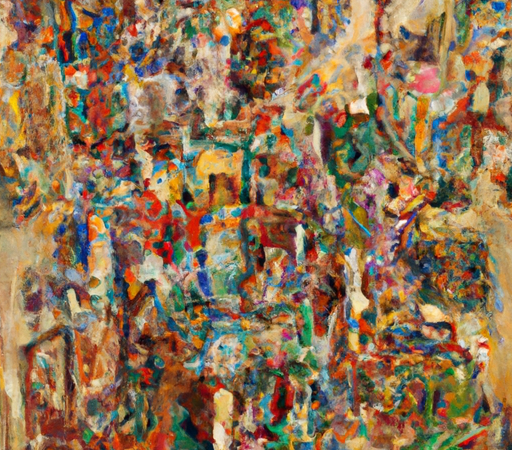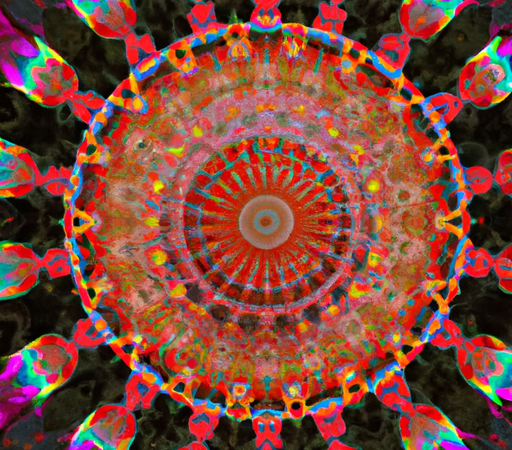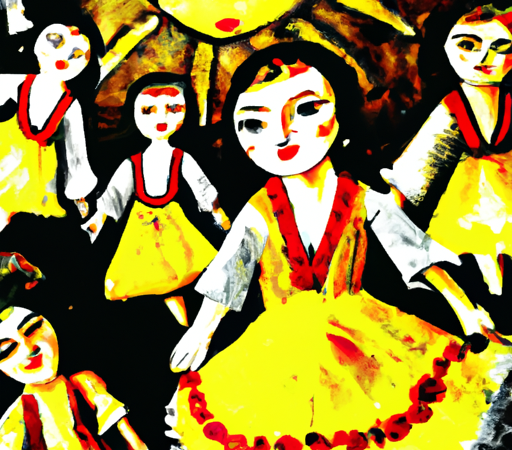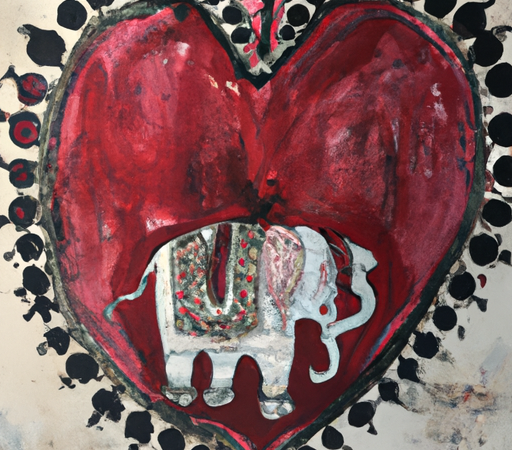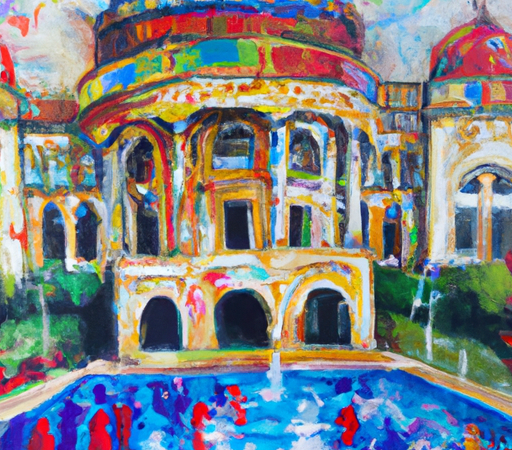Reviving Forgotten Stories: Unearthing the Cultural Significance Behind Famous Art Masterpieces
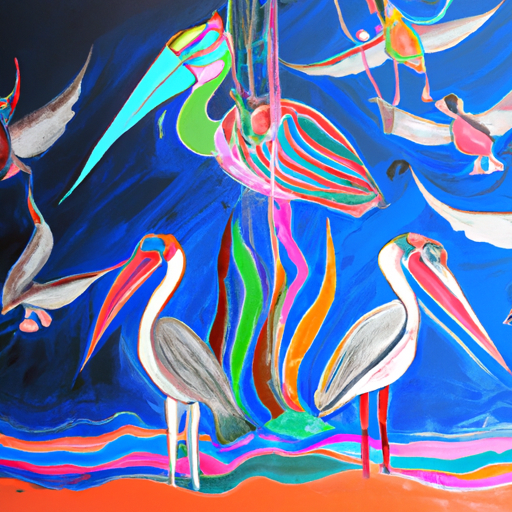
Art masterpieces have long captivated the world with their beauty, skill, and depth. From paintings to sculptures, these treasures have stood the test of time, leaving an indelible mark on the history of art. However, behind the strokes of a brush or the chiseling of stone lies more than just technical prowess. Often, these masterpieces hold profound cultural significance that extends far beyond what meets the eye.
Unearthing the stories behind famous art masterpieces helps us better understand the artists, their era, and the society in which they lived. These forgotten narratives are not only a testament to human creativity but also offer valuable insights into the cultural, social, and political contexts that influenced these artistic achievements.
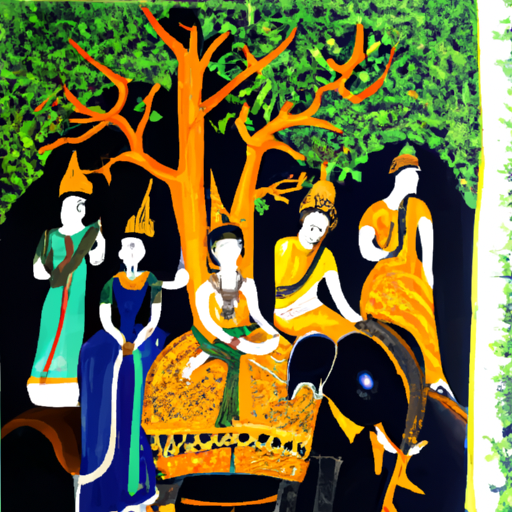
One such example is Leonardo da Vinci's iconic painting, "Mona Lisa." While most people are familiar with her enigmatic smile, few are aware of the numerous speculations and theories surrounding the painting. From the identity of the sitter to the secret messages hidden within the artwork, each aspect of the painting has been analyzed and scrutinized over the centuries. Leonardo's portrayal of Lisa Gherardini, the subject believed to be depicted in the painting, carries not only her physical appearance but also reflects the values and social status of the Renaissance era. The painting represents a significant shift in the portrayal of women, emphasizing elegance, wealth, and a certain type of idealized beauty.
Similarly, Vincent van Gogh's masterpiece, "Starry Night," is not just a beautiful depiction of a starry evening. Unraveling the story behind this work reveals van Gogh's troubled mental state during his time in an asylum in Saint-Rémy-de-Provence. The swirling, vivid colors and exaggerated brushstrokes capture his emotional turmoil and convey a sense of isolation. Understanding the context adds another layer of appreciation for the artist's ability to express his internal struggles through his art.
These stories are just a glimpse into the countless art masterpieces that hold cultural significance. By reviving these forgotten narratives, we can bridge the gap between past and present, gaining a deeper understanding of our shared human experience. Art has always been an integral part of humanity’s cultural heritage, serving as a reflection of our collective consciousness.
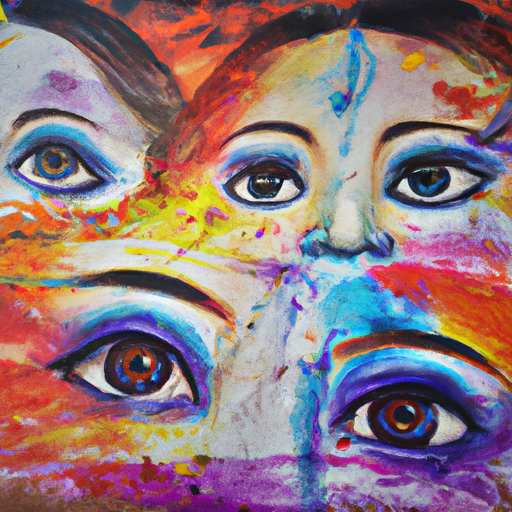
Moreover, uncovering the cultural significance behind famous art masterpieces allows us to appreciate the rich diversity of the world's artistic traditions. Each masterpiece offers a unique perspective on the time, place, and society in which it was created. From ancient cave paintings and Egyptian hieroglyphics to modern installations and street art, art has always been a vibrant tapestry weaved by countless hands, echoing a variety of cultural and historical influences.
Furthermore, understanding the cultural significance behind art masterpieces can also promote dialogue and empathy among diverse communities. Art serves as a universal language, transcending barriers of time, language, and geography. By unearthing the stories behind these masterpieces, we can connect with others on a deeper level and foster a greater appreciation for cultural diversity and shared human experiences.
In an era where understanding and respecting different cultures is more vital than ever, reviving forgotten stories behind famous art masterpieces becomes an essential task. These narratives not only enrich our knowledge of art history but also contribute to a broader understanding of our interconnected world. By embracing the cultural significance behind these masterpieces, we can foster a sense of global unity through the universal language of art.

